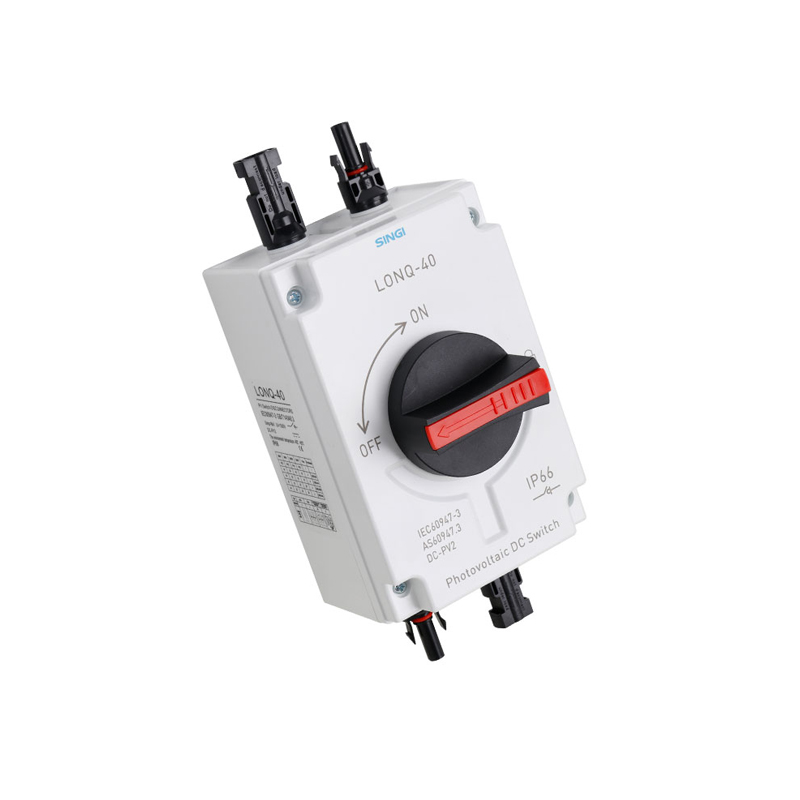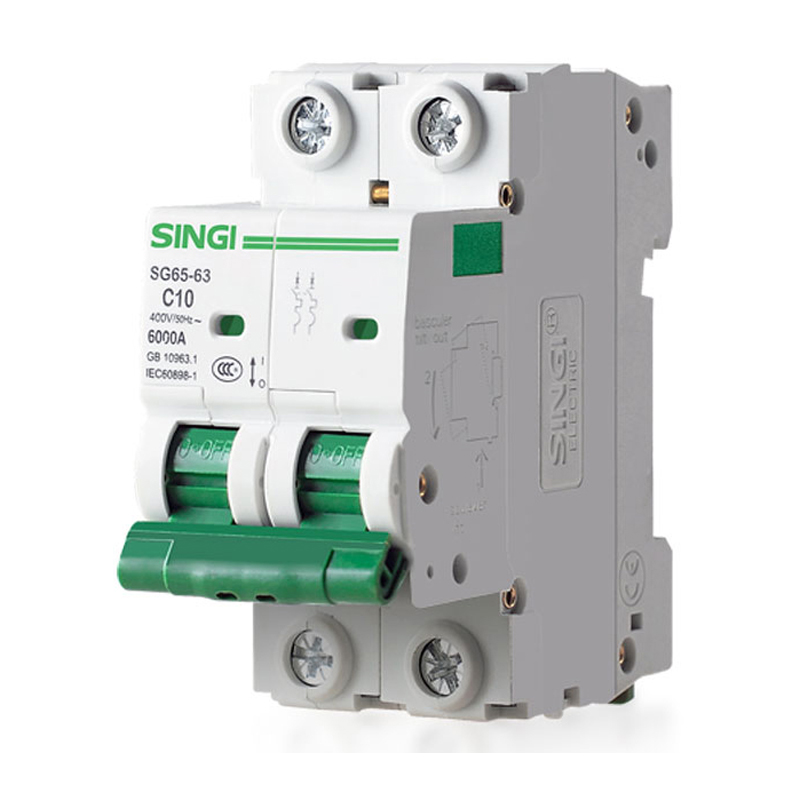Surge protective devices, commonly known as SPDs, provide essential protection for electronic equipment against voltage surges and spikes. An overview of SPDs,their functions, proper use,and maintenance.
Functions and Workings of SPDs
SPDs work by diverting surges and excess voltage in the electric system to the ground before it can damage sensitive electronic equipment.There are two main types of SPDs:
Type 1 SPDs - Connected between the phase and ground wires, they protect against line-to-ground surges.
Type 2 SPDs - Connected between the phase and neutral wires, they protect against line-to-neutral and line-to-line surges.
Both types of SPDs contain metal oxide varistors (MOVs) that act as voltage-dependent resistors.Under normal voltages,the MOVs allow the current to pass through. However, when a high voltage surge occurs, the MOVs essentially transform into low-resistance paths to short-circuit and discharge the excess energy to the ground. This protects connected equipment from damage.
Proper Use and Installation
For effective protection, SPDs should be installed as close as possible to the equipment outlets and electrical panel. Installation too far away reduces their ability to react quickly enough.
SPDs should be rated higher than the maximum current and voltage capabilities of the circuits they protect. Underrated SPDs can fail prematurely or provide insufficient protection.
SPDs contain live electrical components and should only be installed by licensed electricians. Improper installation can cause shock, fire hazards,and invalidated warranties.
Maintenance and Replacement
SPDs have a limited lifespan, usually around 10 years. Regular testing and replacement of worn-out SPDs ensures continued protection.
After every major surge event, SPDs should be checked for loose connections, damage and degraded performance. Failed MOVs need to be replaced promptly.
Periodic replacement of the entire SPD unit, about every 5-10 years depending on use and environment, is also recommended. This avoids failure at a critical time and keeps equipment optimally protected.
With proper installation, use and maintenance, SPDs provide peace of mind by shielding valuable electronics and electrical systems from surge damage, saving money and downtime in the long run.
 DC Isolator Switches: Uses and Safety Precautions
DC Isolator Switches: Uses and Safety Precautions
 Proper Maintenance and Testing of DC Circuit Breakers
Proper Maintenance and Testing of DC Circuit Breakers